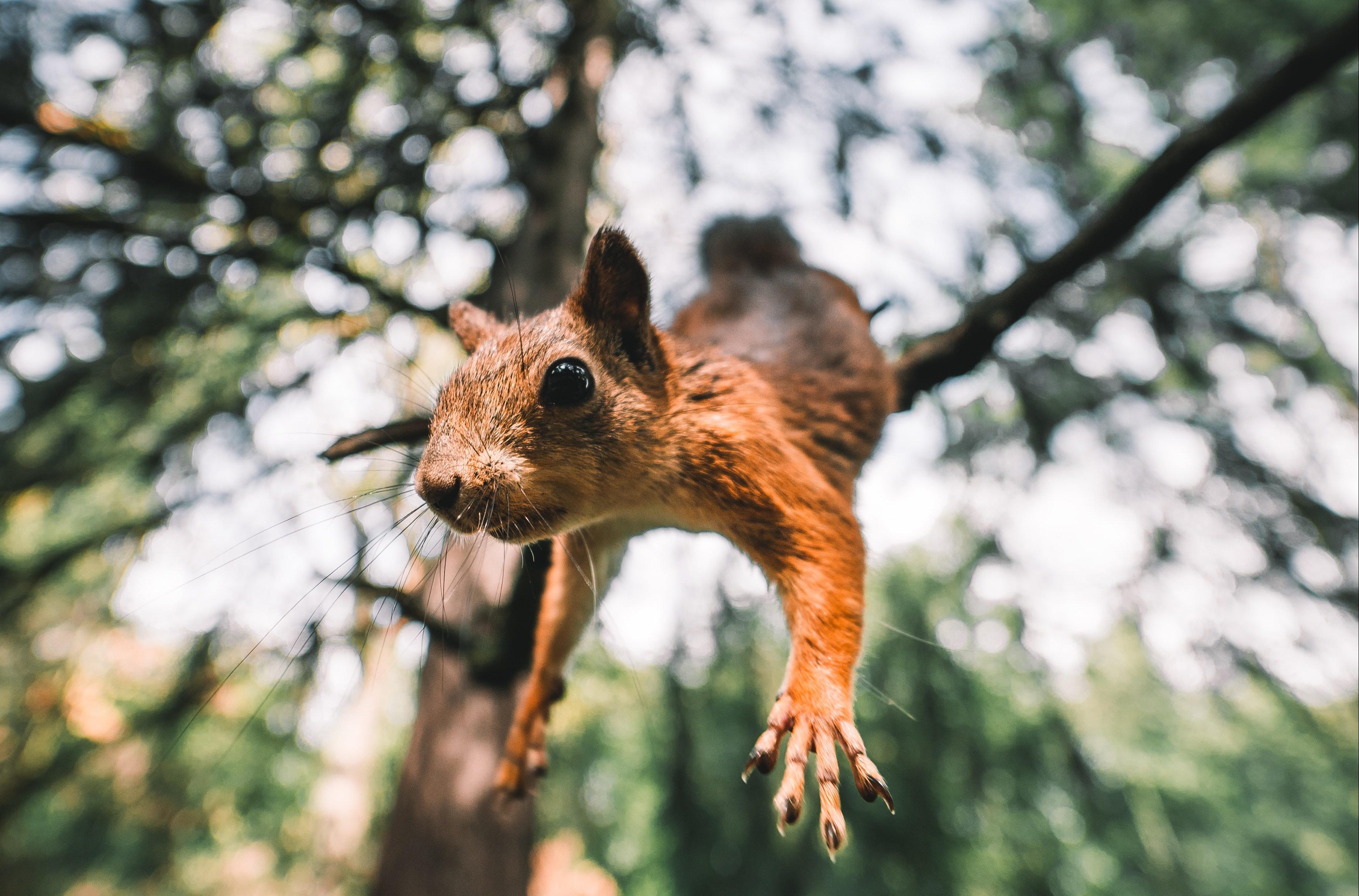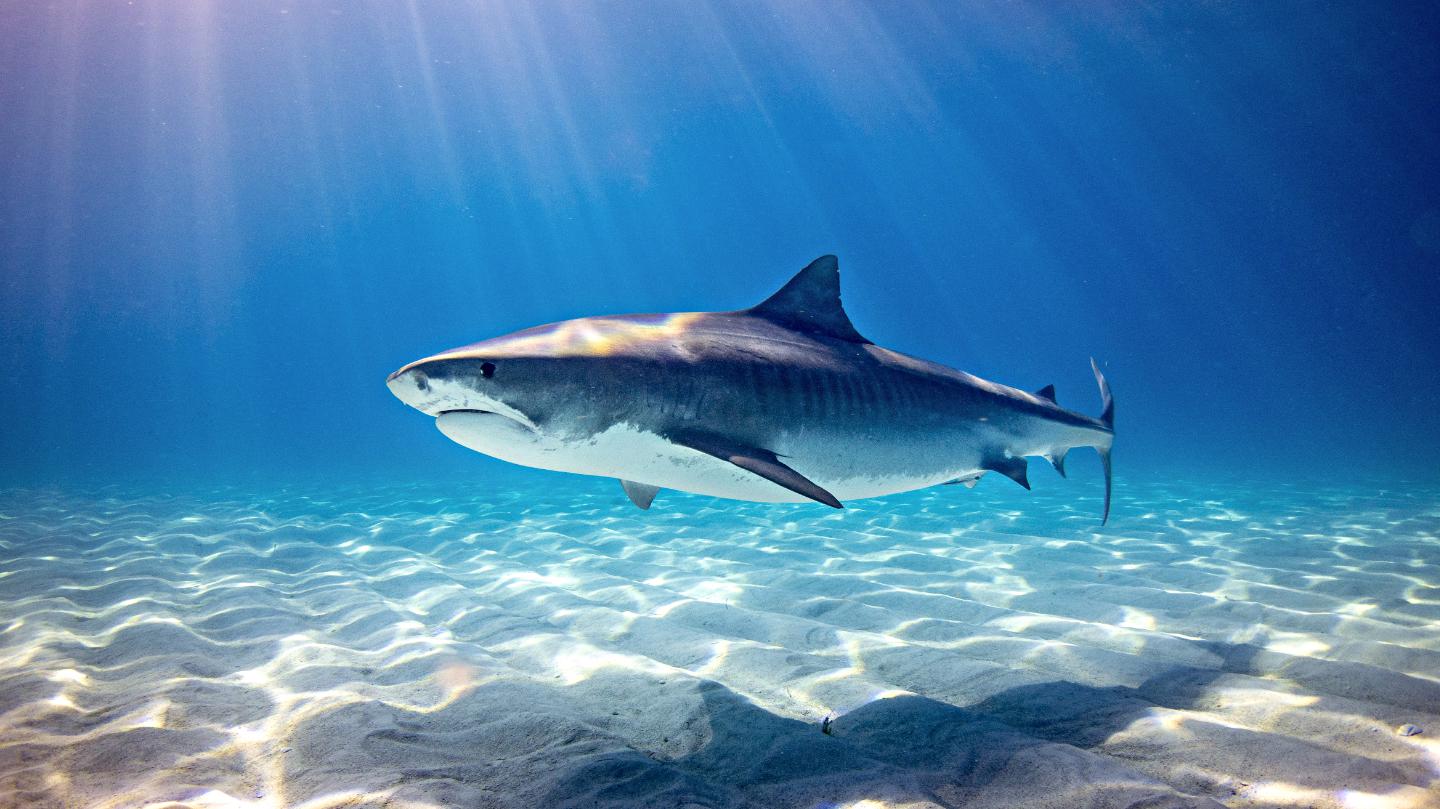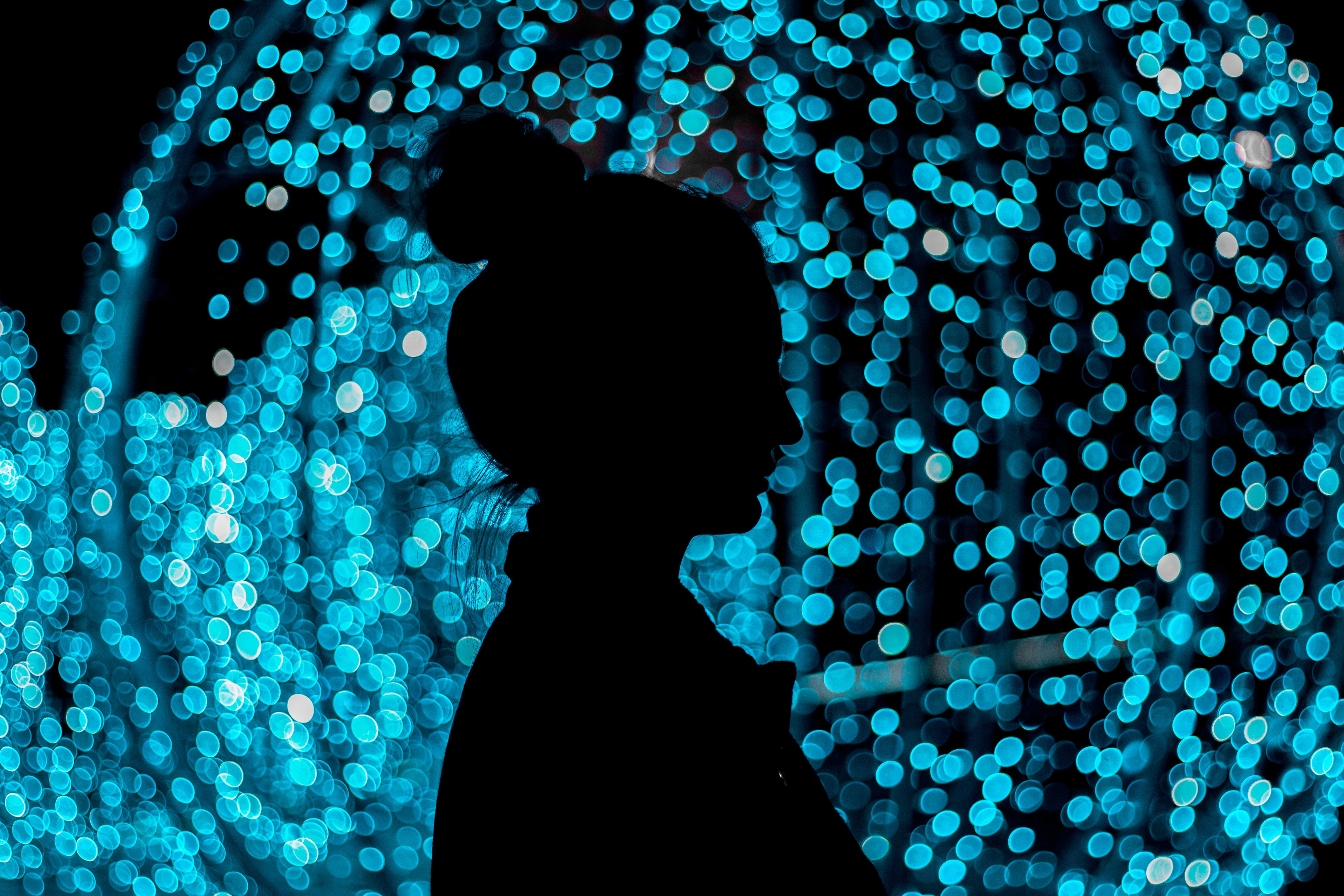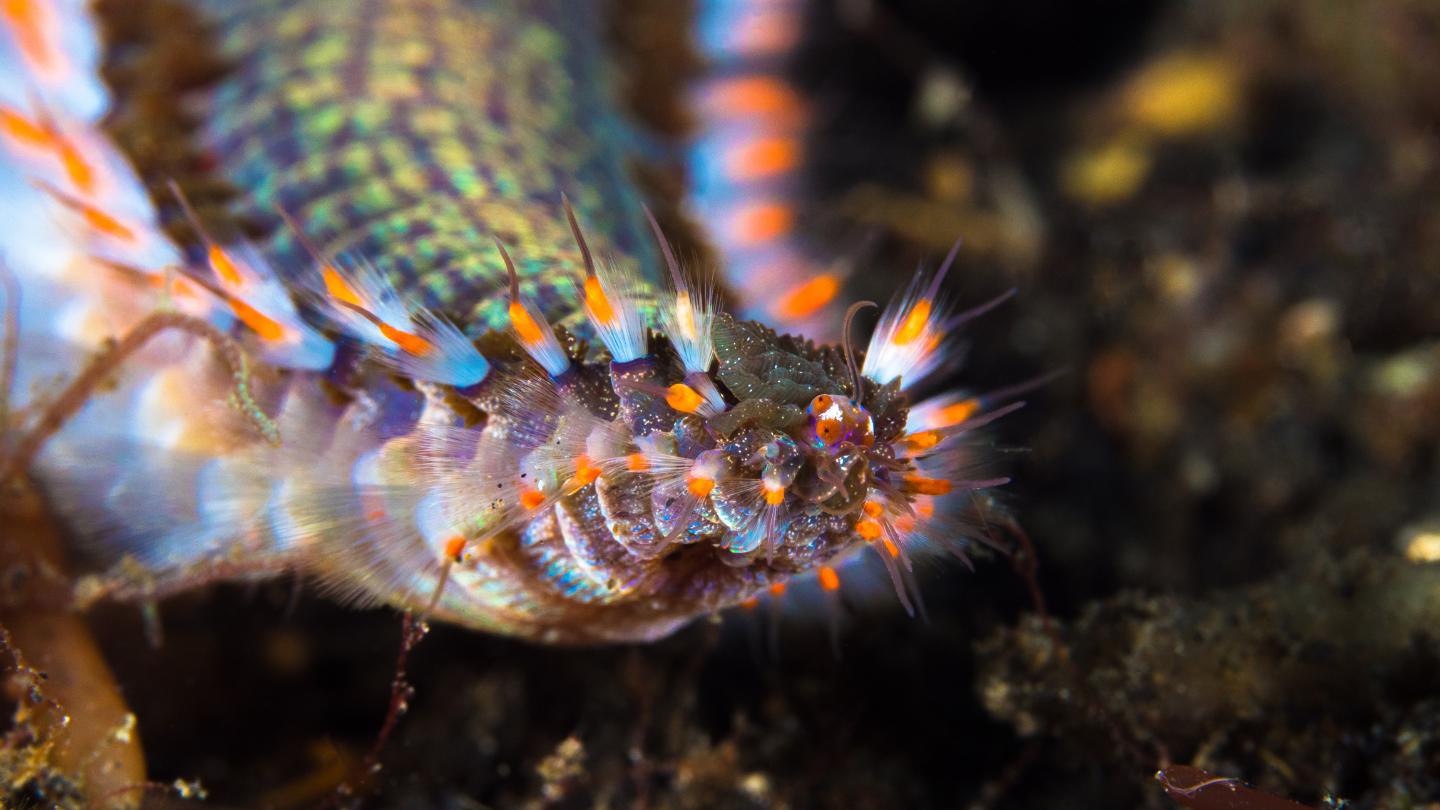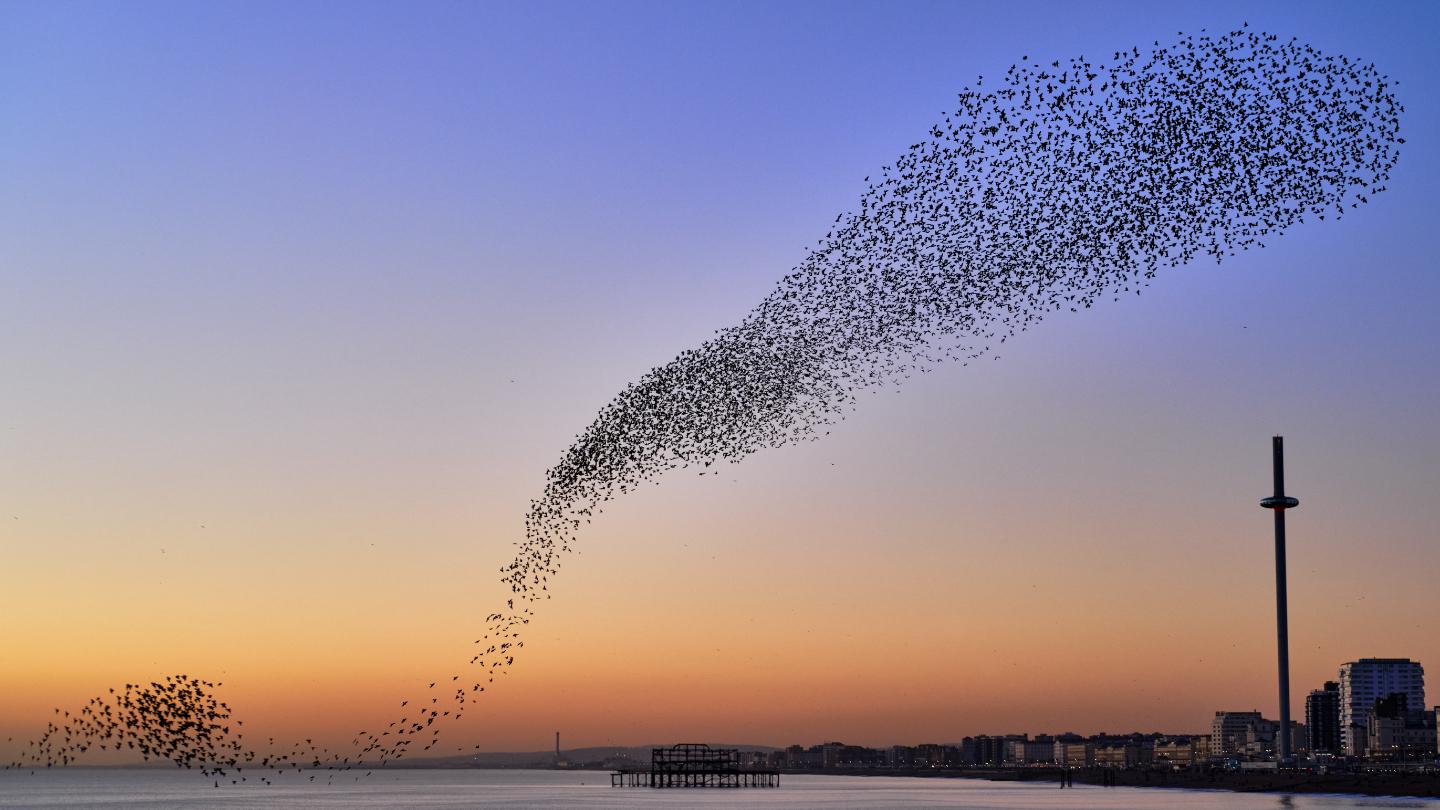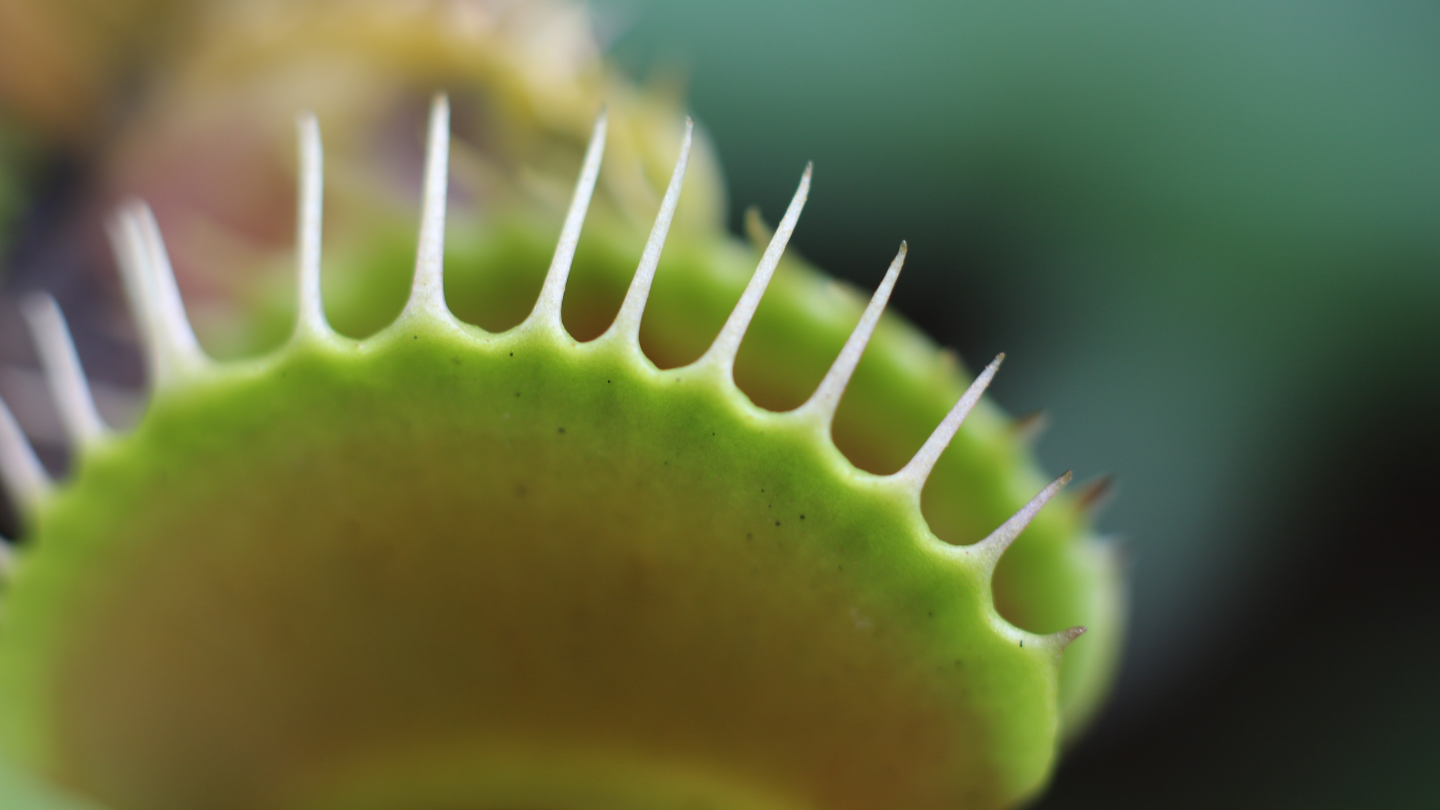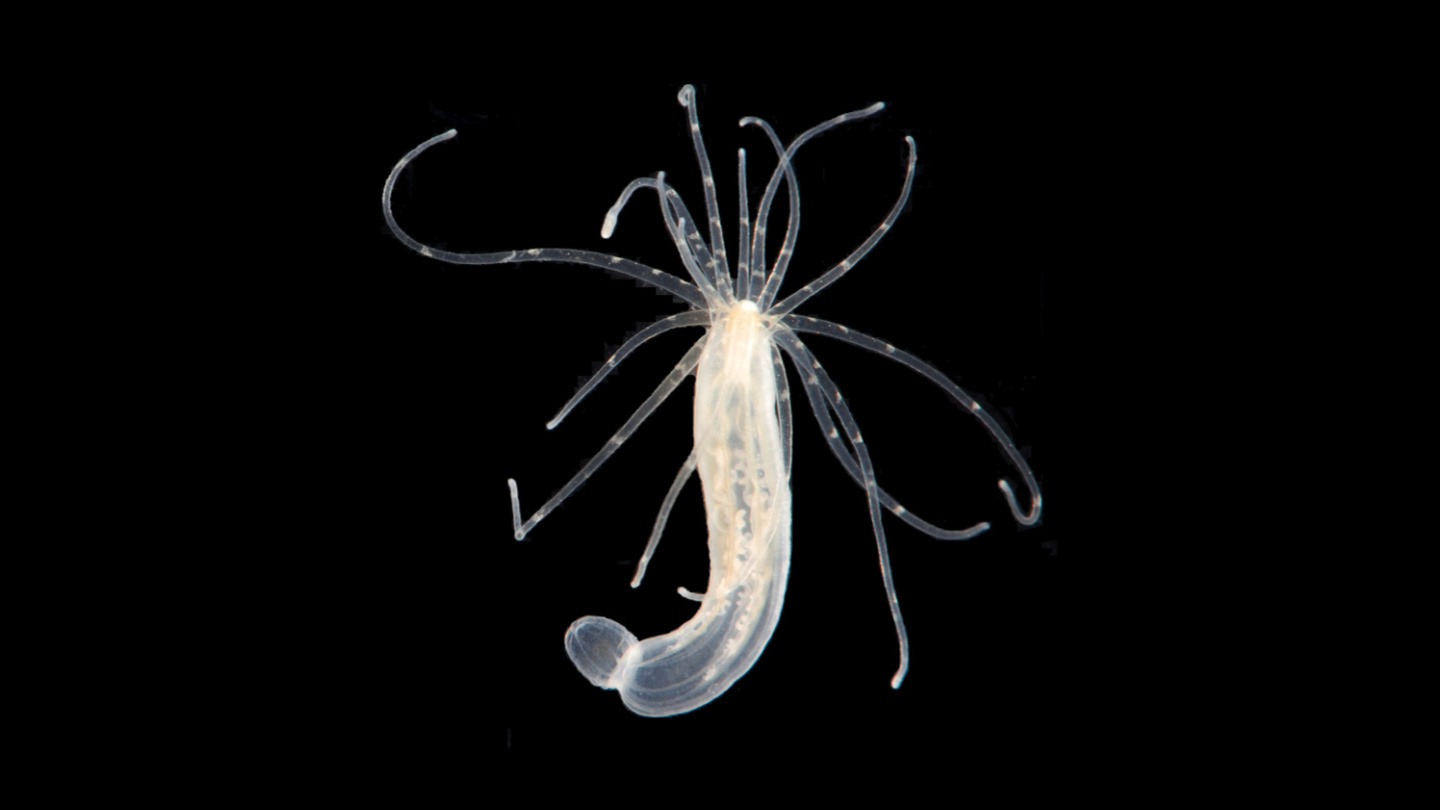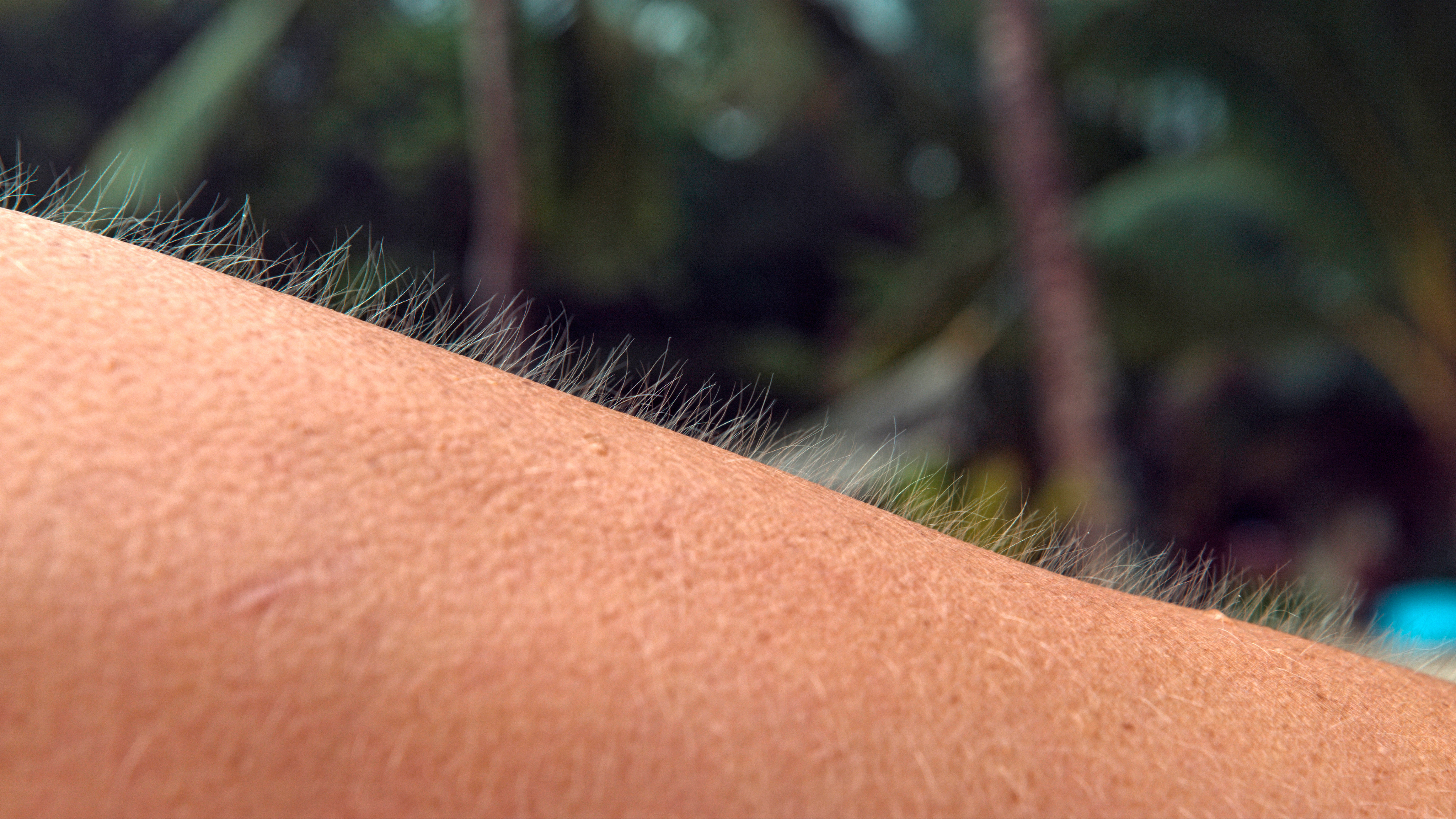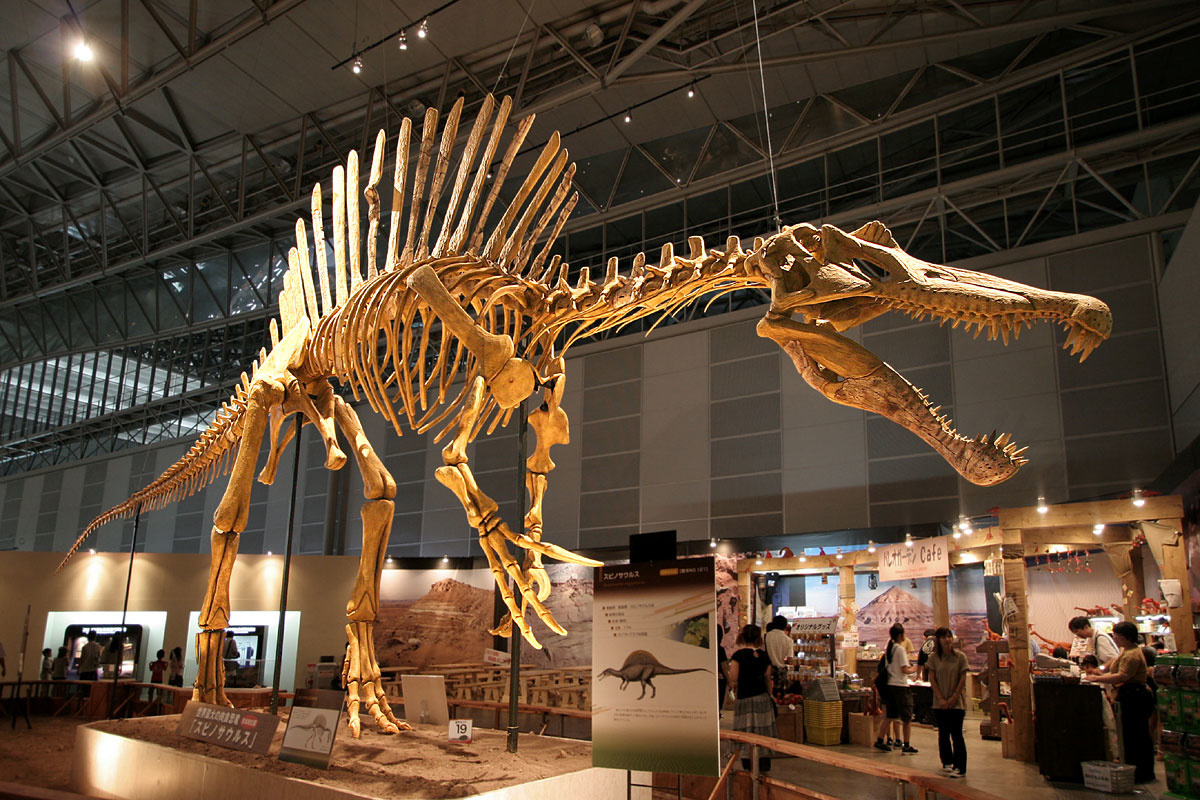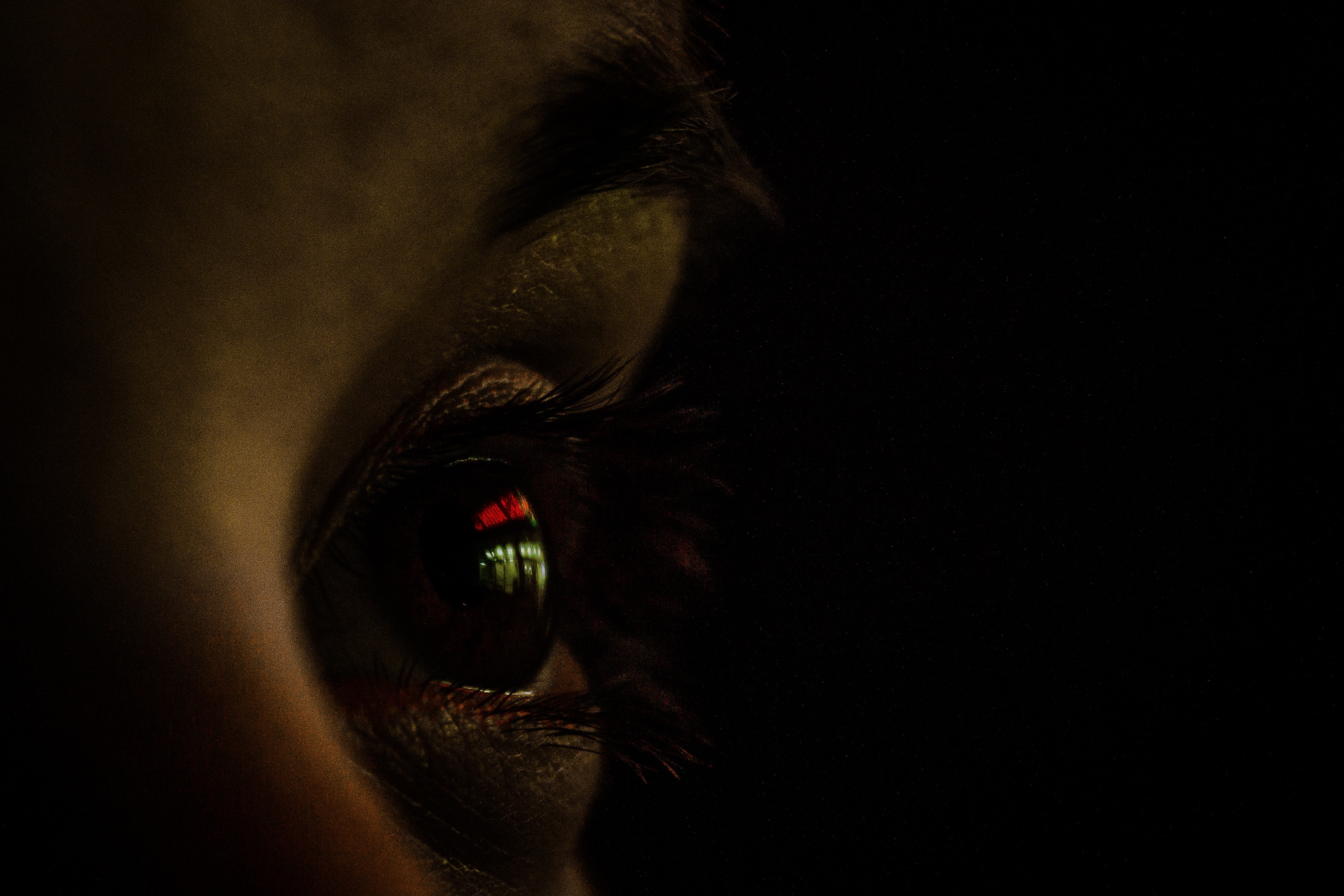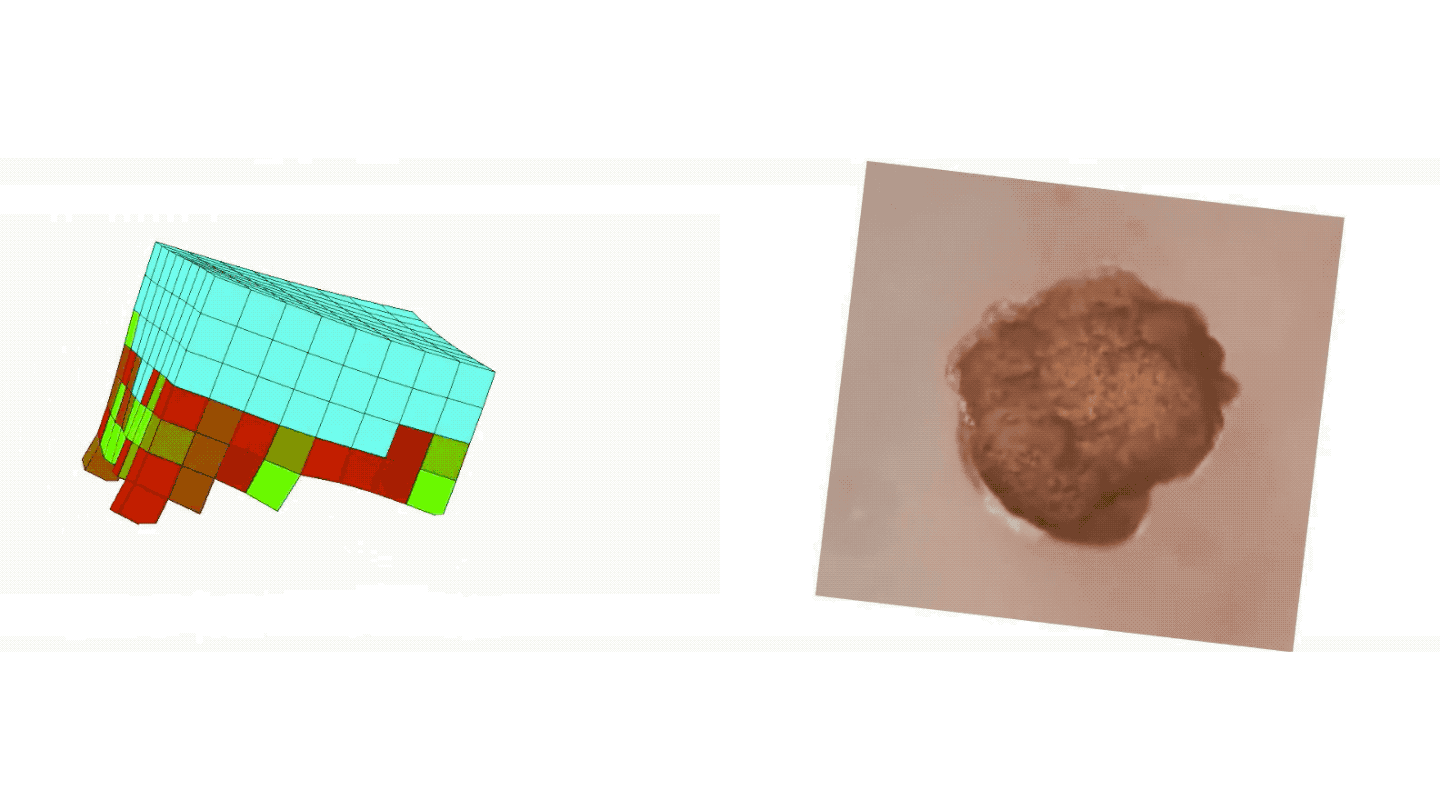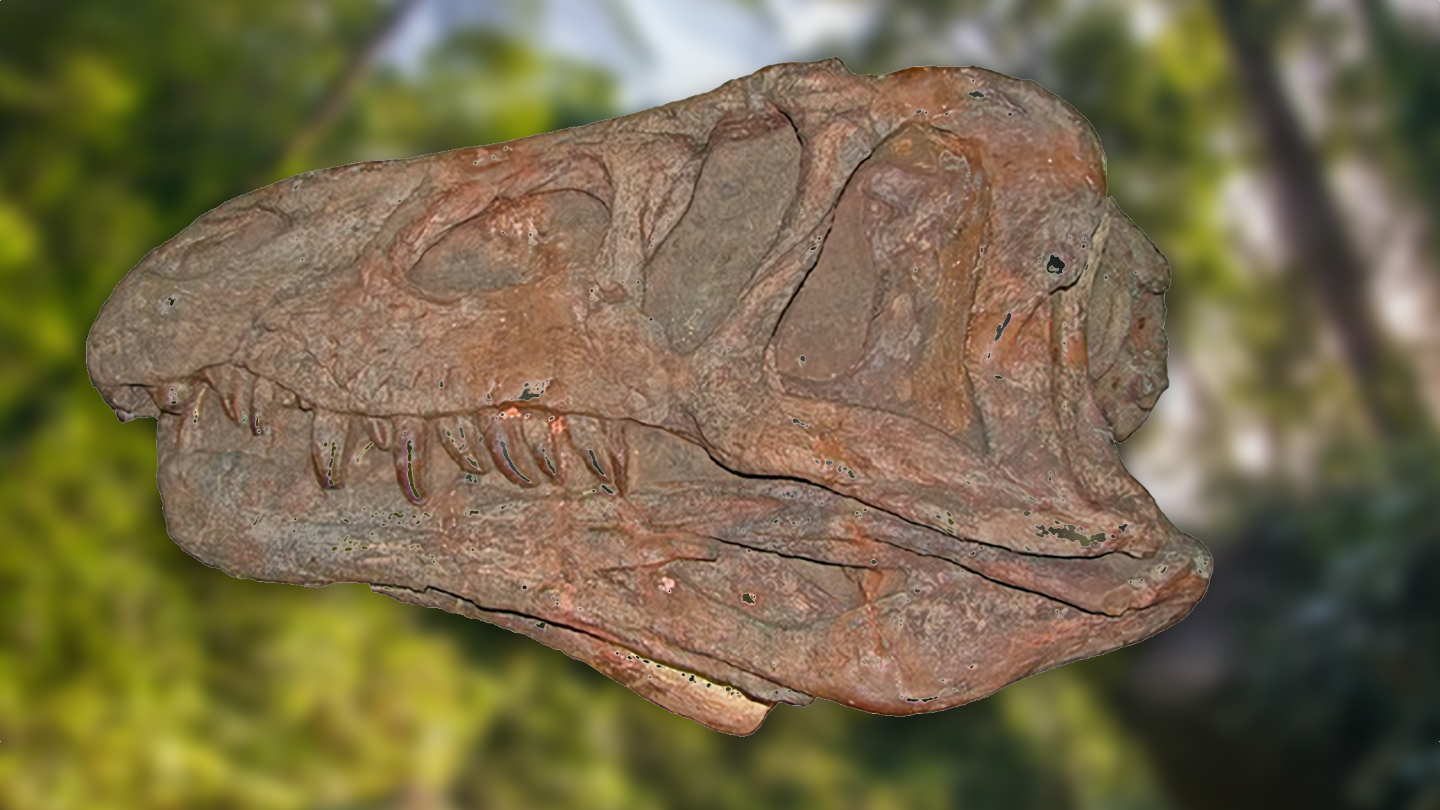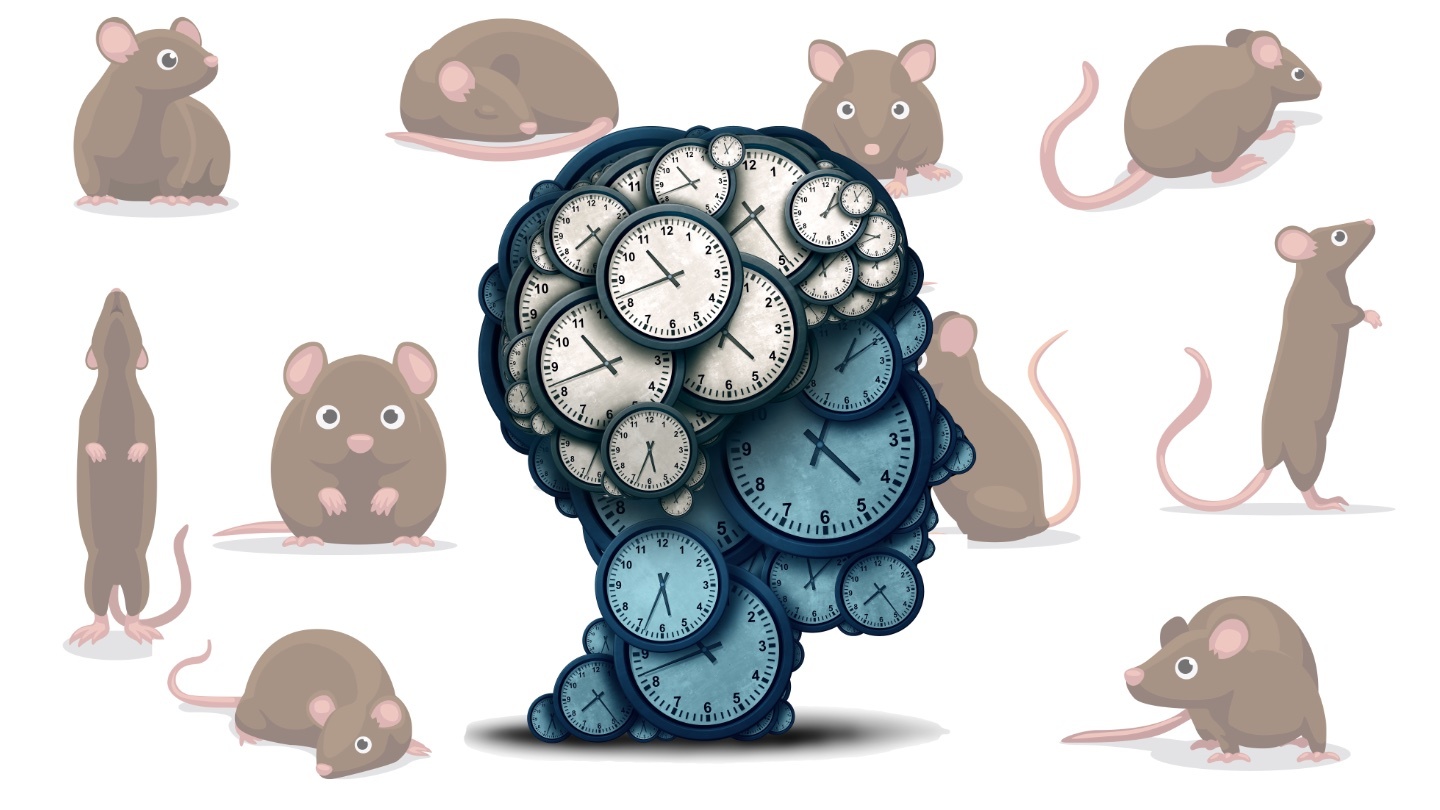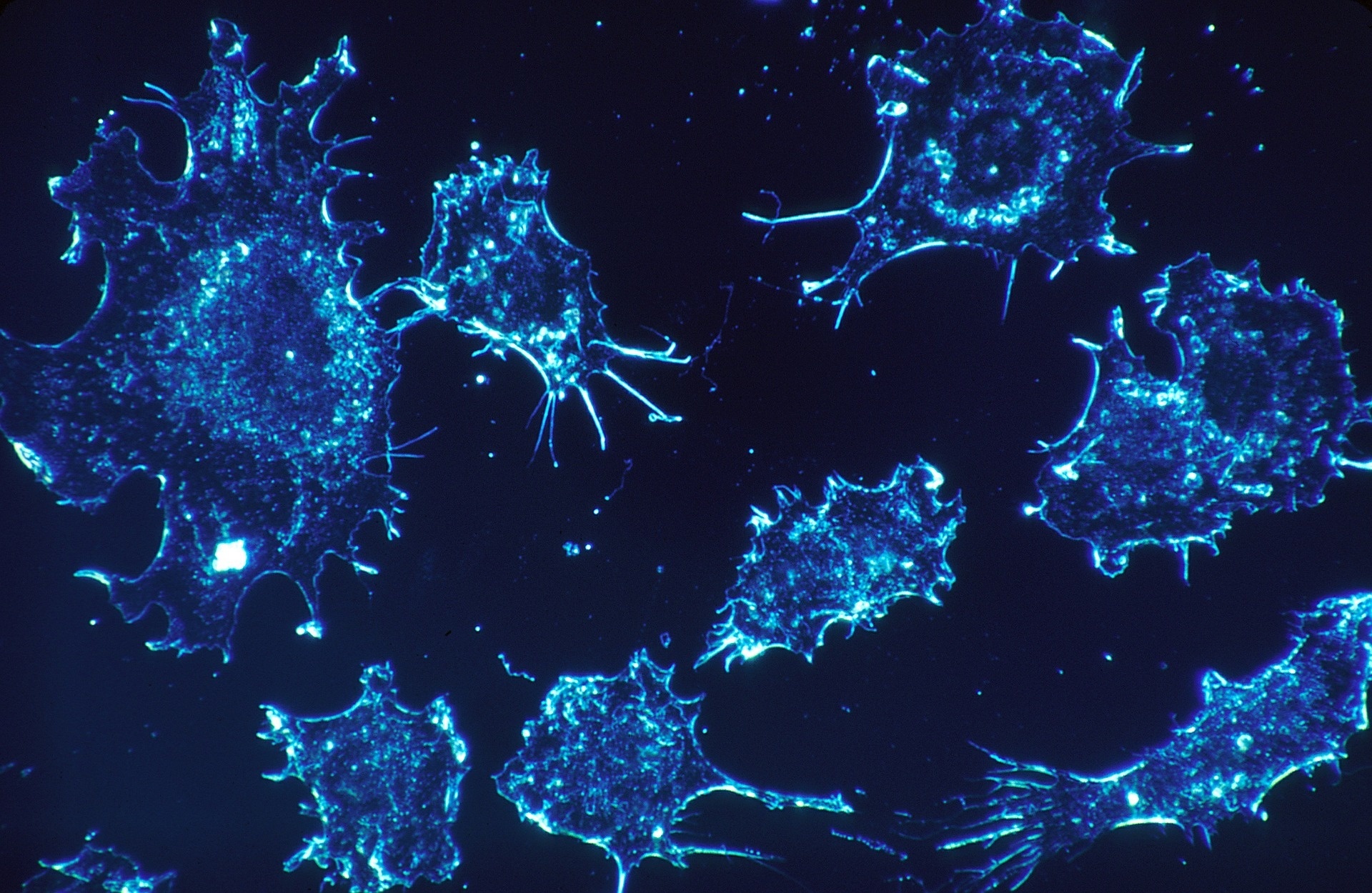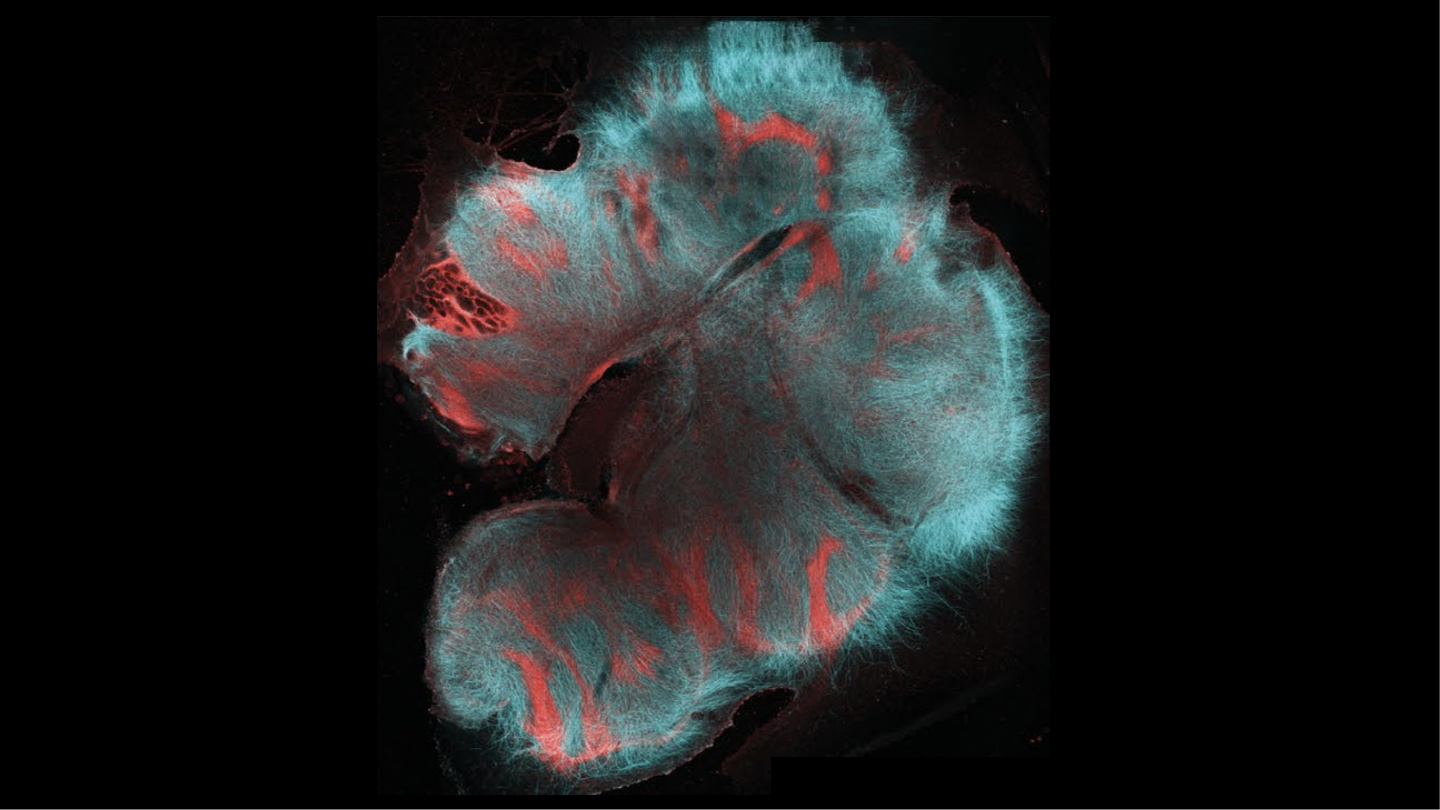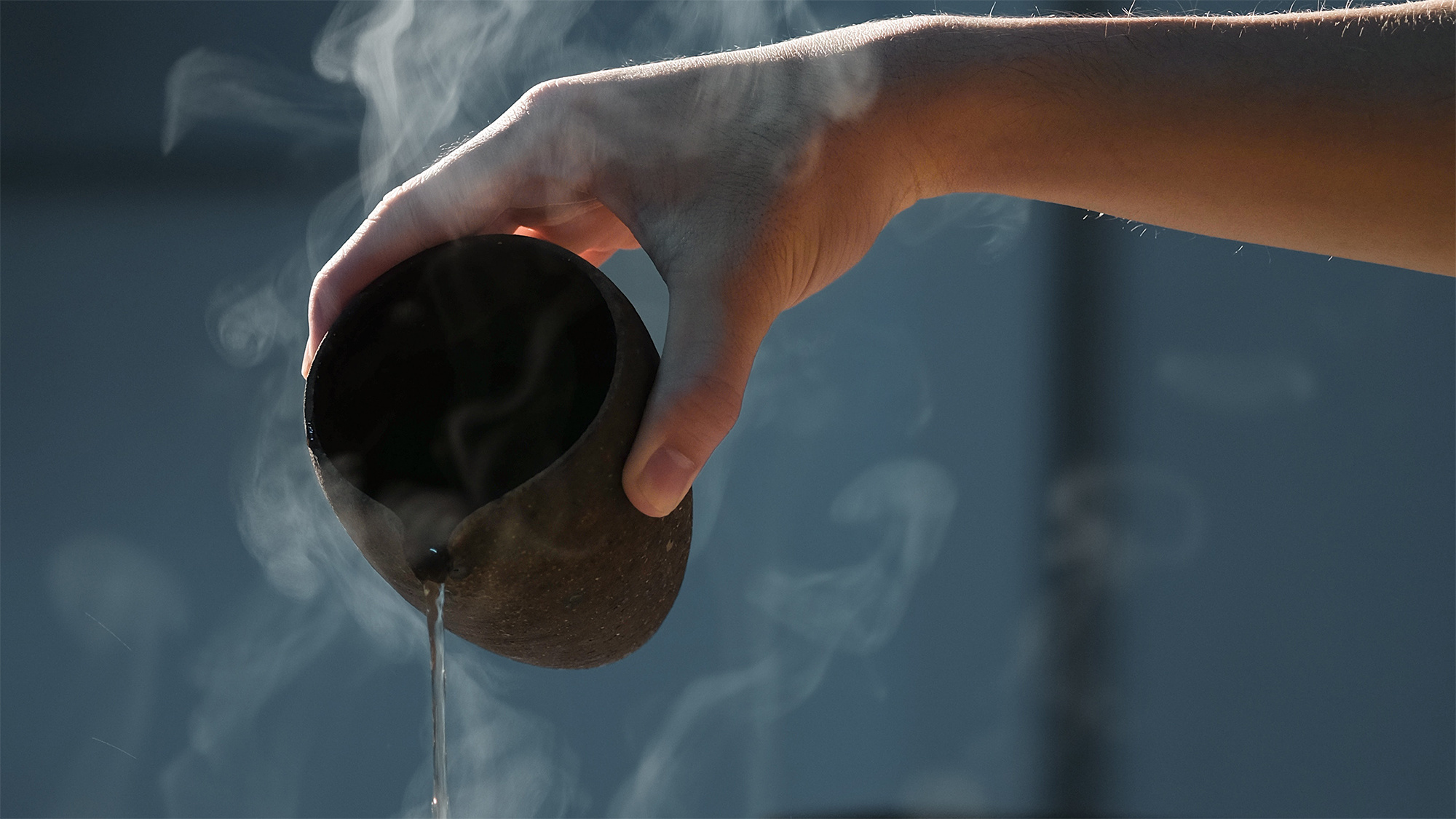biomechanics
While a squirrel’s life may look simple to human observers – climb, eat, sleep, repeat – it involves finely tuned cognitive skills.
Evolution proves to be just about as ingenious as Nikola Tesla
A theoretical physicist returns to Penrose and Hameroff’s theory of “quantum consciousness.”
Theoretical physicist Geoffrey West explains the science behind a unique hypothesis.
Metal-like materials have been discovered in a very strange place.
That’s as fast as a bullet train in Japan.
Starling flocks, schools of fish, and clouds of insects all agree.
It’s like a little magnetic “nom, nom.”
An intriguing theory explains animals’ magnetic sense.
A new study finds that starlet sea anemones have the unique ability to grow more tentacles when they’ve got more to eat.
No, its not just to keep you warm with hair you don’t have.
Non-avian dinosaurs were thought terrestrially bound, but newly unearthed fossils suggest they conquered prehistoric waters, too.
New research on ankle exoskeletons show promising results.
Scientists figured out how a certain treatment for skin cancer gives some patients a visual “superpower.”
Scientists envision a new type of organism ready to assist humans.
A steady timing reference is required by one of the leading theories of neuronal communication.
Cancer’s sweet tooth. Turning cancer cells into fat. Unveiling genetic secrets. Scientists are learning about cancer every day.
New research solves a long-standing puzzle.
China is testing electronic monitoring of students’ attention levels.
A new method of growing mini-brains produces some startling results.
Ancient beverages such as tea and chamomile can heighten your modern-day performance.
More and more research points to a serious mistake we made in how biomechanics works.
The long-raging debate over hot coffee versus iced coffee may soon be settled with this news.
